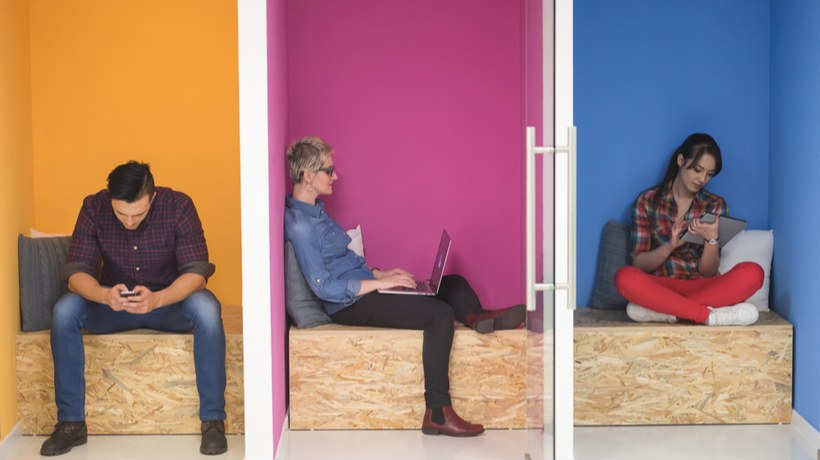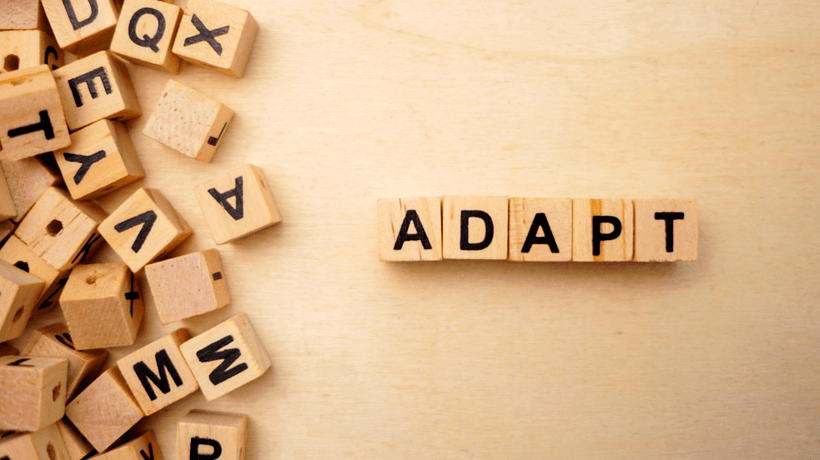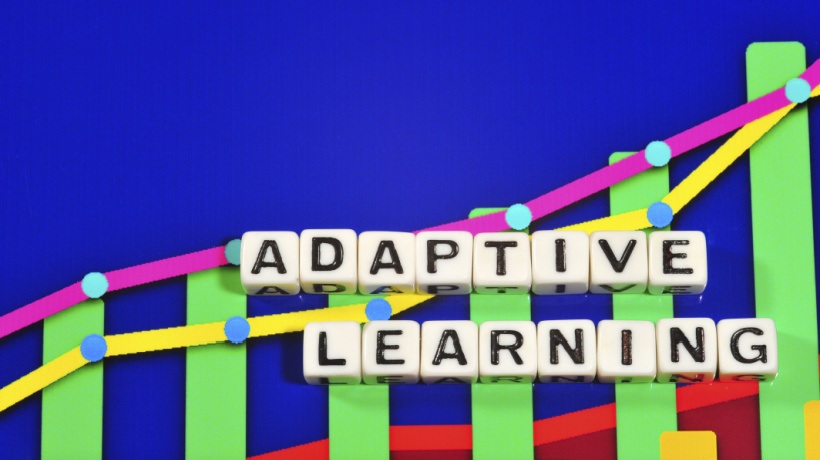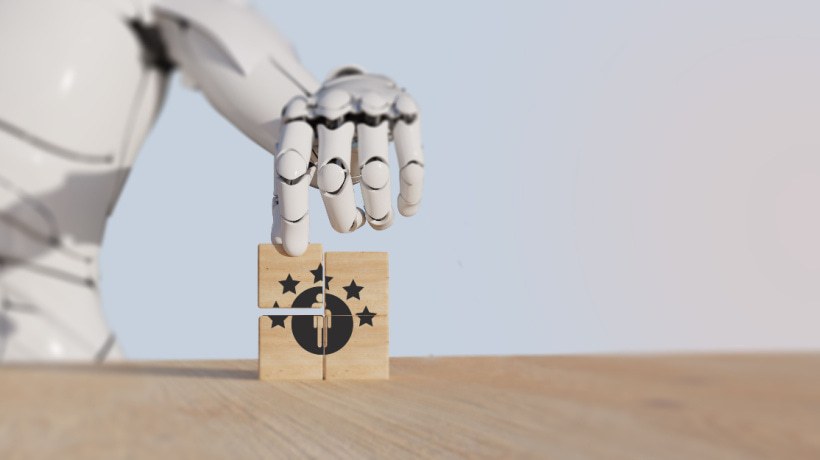How To Implement An Adaptive Learning Strategy
Growing up I loved to play video games. There was one video game in particular where the final boss seemed almost impossible to beat. This boss was able to continuously adapt to your moves and after a certain amount of time you had to change the way you battled him or he became immune to your attacks. It drove me crazy, and kept me up into the wee hours of the morning countless times! Looking back, what I find most interesting about this final boss I faced in my childhood is that he forced me to learn all of my attacks, to make the right decisions quickly, and it made me a well-rounded player.
Traditional learning focuses on linear, standardized training methods. These methods force your users to cover topics and learning modules that they may already be an expert in, causing their attention to dull or be lost entirely. This is a serious issue. By the time users encounter topics they may not be proficient in they have essentially checked out. It is every organization's goal to develop a well-rounded learner that is educated in all aspects of the organization. But there has to be a better way, and more importantly, a faster way for this to happen!
Adaptive learning "uses computers as interactive teaching devices while meeting the unique needs of each learner. Computers adapt the presentation of educational material according to students' learning needs, as indicated by their responses to questions, tasks, and experiences. The technology encompasses aspects derived from various fields of study including computer science, education, psychology, and brain science."
I know this seems very complex but like the final boss I faced in my video games, adaptive learning identifies what the user excels at and then begins to pinpoint what they’re not so good at or familiar with. The built-in algorithm continues to test the user's weak points to ensure that they become competent and confident and excel in all areas, not just one or two.
What Happens When Your Employees Think They Know Something, But In Reality They Don’t?
Adaptive learning is more than just a shiny algorithm – it helps to uncover and close the skill gaps your users face, and more importantly, correct them in up to half the time that traditional learning can. By using a ‘biological’ model, adaptive learning has the power to accommodate every person and their unique needs.
Let's say for instance you have a user that is extremely fluent in your company history, but is not fluent in your company mission statement and goals. With an adaptive learning strategy in place, when the user gets the company mission and goals questions wrong, they will be able to move on to the next question. But, the system will recognize the skill gap and begin to determine how deeply rooted the problem really is by administering more questions around the topic, in this case, the company mission statement and goals.
The process of identifying and addressing each individual user’s weak points makes for a reinvention of the ‘one-size fits all’ solution – one that works for everyone, but doesn’t treat everyone like they’re the same.
The adaptive learning approach uncovers unconscious incompetence –which can be as much as 40% or more for some roles– and corrects it!
Now, let's think about this: If you’re able to train your users and ensure a 40% higher rate of competence in half the time as traditional learning, what is stopping you from integrating an adaptive learning strategy as part of your blended solution?
- You could have a sales team that is 40% more influential over your competition, resulting in an increase in overall sales.
- You could have a customer service team that is 40% more proficient in customer service skills, creating an increase in customer retention and a decrease in customer service help tickets.
This very thought is what separates the good companies from the great companies!
The possibilities are endless, but the biggest factor to keep in mind is that you can accomplish this in half the time of traditional learning. Giving you and your company one more leg up on the competition. While traditional learning has its place, implementing an adaptive learning strategy as part of your blended solution is what’s going to benefit both your users and your company, driving the business results your leaders are looking for.









